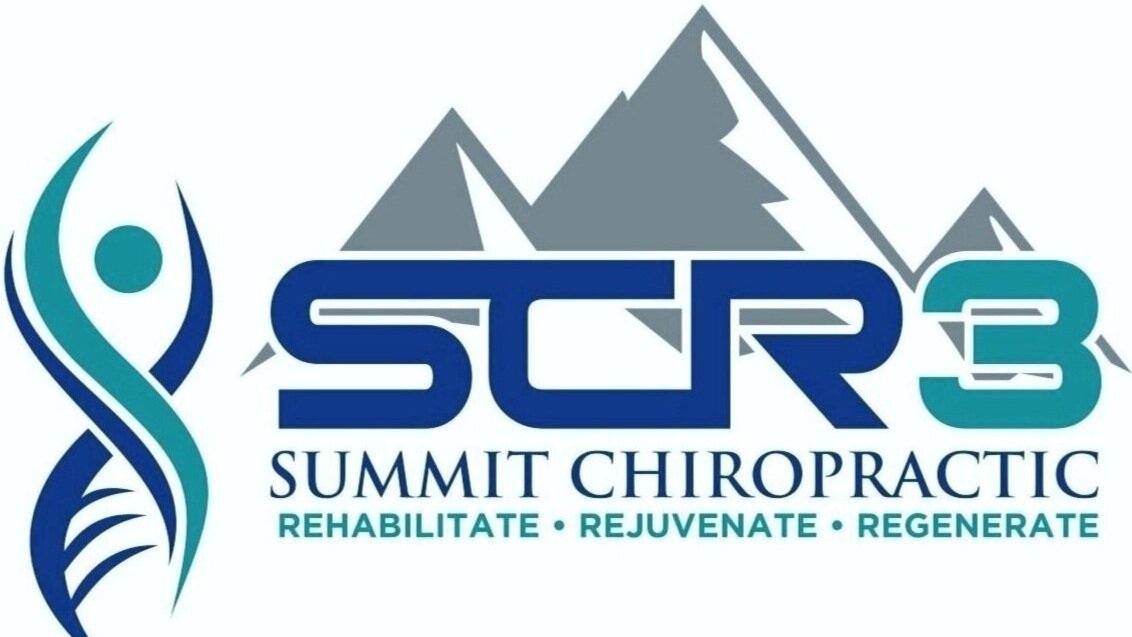What does an adjustment do? Part 2
In the last blog post, we talked a little bit about some of the local effects that occur as a result of an adjustment or manipulation to the spine. In this post we will be talking about some of the super segmental effects, or the effects that happen throughout the spinal cord and even in some parts of the brain as a result of a manipulation. In order to know what an adjustment does in the spinal cord after first know how information sent from our spinal cord and into our brain. What happens when we feel any kind of sensation in our extremities whether that be on our skin or mechanoreceptors in our joints, is that these impulses travel into our spinal cord through the dorsal root ganglion before going into the spinal cord itself. The dorsal root ganglion is basically the on-ramp for information traveling into the spinal cord which can be seen as a highway of information leading to and from the brain. On this information highway there are multiple relay stations as well as crossroads and intersections along the way. These intersections are crucial in getting the information that we need into our brain for mental processing. Our body is constantly sensing impulses from thousands upon thousands of mechanoreceptors and we can only pay attention to certain amounts and kinds of information at one time. The job of the relay stations is to let through the kinds of information that are important while halting or inhibiting the kinds of information that may not be quite as important to us. Sometimes we can get an overload with certain types of sensations such as pain and discomfort going from our mechanoreceptors and bypassing many of our relay stations and going into the brain. What manipulation does in order to alter this is sends a ton of information through all of the relay stations about joint position sense as well as muscle activity in the area being adjusted.
The body and brain recognize this information as extremely important, this lets information bypass many of the relay stations and go into the important areas of the brain for mental processing. Remember from earlier that we can only process so much information at one time so when we send a large amount of information from our mechanoreceptors in our joints and muscles we actually can decrease the amount of pain signals that are coming from the same mechanoreceptors. You may be thinking that this can be a negative outcome as it is important to recognize pain when it is present in order to make alterations for the health of these joints. However, this is exactly what the manipulation does as it allows the joints now move freely through larger and healthier range of motion as well as releasing many of the adhesions that may have caused the painful sensation and lack of range of motion in the first place. It is also important to note that hurt does not always equal harm and that these pains sensations are not particularly great indicators of an underlying damaging process occurring. That being said, it is very important to understand that pain and dysfunction can be a very good alarm signal that is alerting us that damaging processes are underlying. This is why at SCR3 we always do such a thorough and comprehensive evaluation before we begin any form of treatment.
It is important to recognize that the information highway of the spinal cord does not only work in 1 direction. We have information both going from our joint and different receptors to our brain as well as information going from our brain down into are joints and muscles. An adjustment also modulates and alters the Information that goes from the brain downwards. This process is called descending inhibition. Adjustments can alter and enhance the descending inhibition that is naturally occurring from the brain and brainstem. This is crucially important as descending inhibition is 1 of the greatest weighs in which we can alter our pain sensation. Some researchers have been suggested that chronic pain, as well as many chronic pain conditions such as fibromyalgia, may simply be a disruption of the descending inhibitory paths. That say that manipulation is a cure for any kind of pain, but it may be part of the process in assisting individuals that her experiencing pain over long periods of time. Manipulation treatment for you get an appointment with 1 of the Docs at SCR 3.
